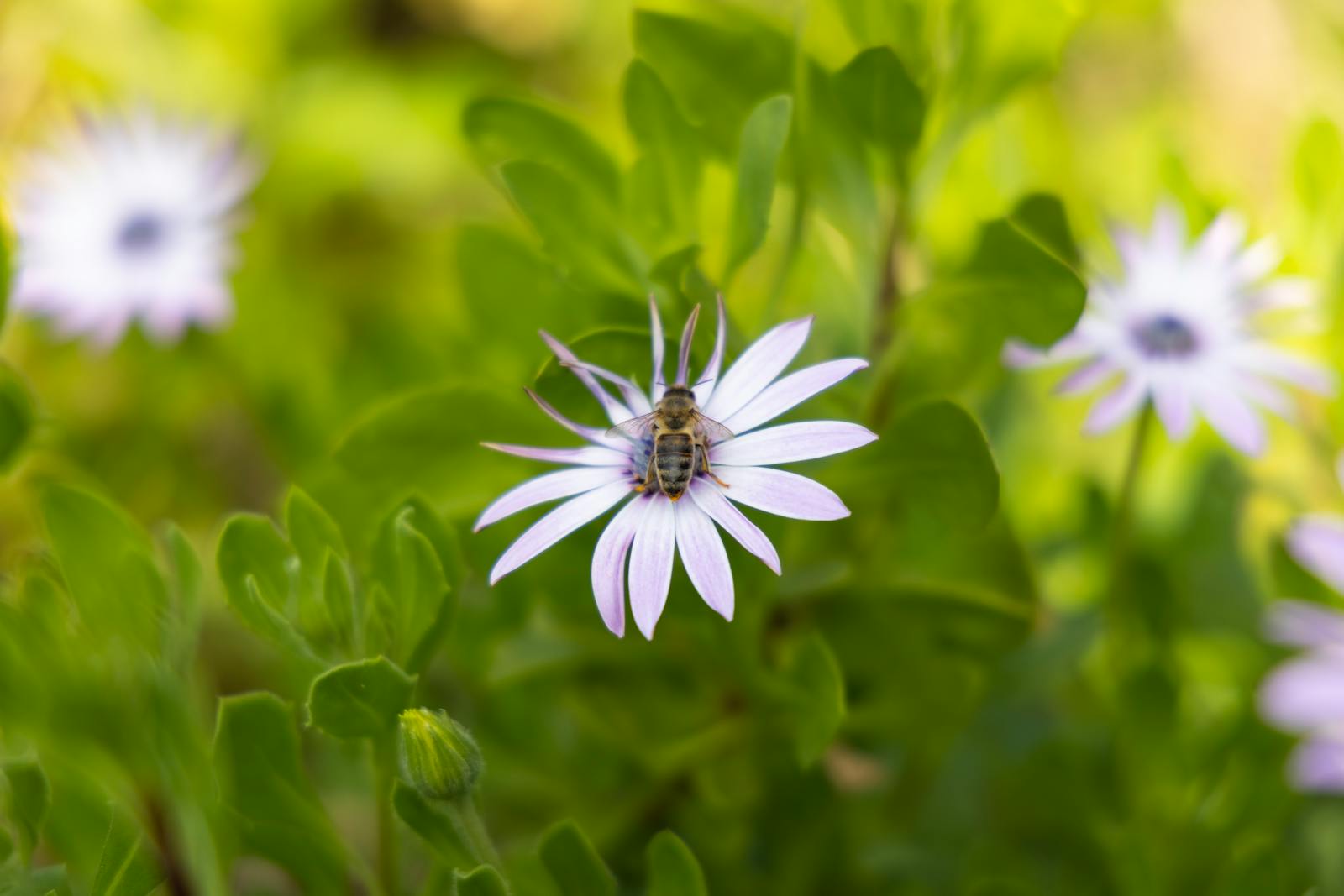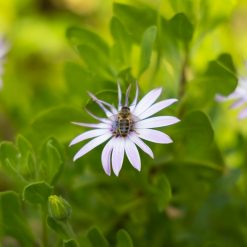haematococcus pluvialis extract powder, Rhodococcus is a freshwater unicellular green algae, belonging to the phylum Chlorophyta, the order coccophyta, the family Rhodococcus and the genus Rhodococcus .

The algae can accumulate a large amount of astaxanthin and show red, so it is called Rhodococcus, also known as pluvial Rhodococcus. Rhodococcus is an algal food rich in nutritional value and medicinal value after Spirulina and Chlorella.
What is the origin of Rhodococcus and what is haematococcus pluvialis extract powder
In the 19th century, when French explorers went to Nova Scotia, Canada, they came to Lake bradol on Cape Breton Island.
Brador lake is a natural salt water lake in the cold zone with high salt content. Under such bad conditions, birds in the air are missing, small fish are extinct, and no living creatures can survive. But to the surprise of the expedition scientists, a small red insect survived in such an extinct lake. What is the magical power that makes this little bug survive in such bad conditions?
This aroused the interest of adventure scientists.
At the beginning of the 20th century, scientists finally discovered a better source of red astaxanthin – Rhodococcus pluvialis.
The life course of this magical algae is strikingly similar to that of red insects. Rhodococcus is the microalgae with the highest astaxanthin content and the species with the highest volume accumulation of astaxanthin synthesis.
This magical algae contains natural strong antioxidants. It is the strongest antioxidant found in nature so far.
Its antioxidant effect is 10 times that of natural β – carotene and 550 times that of natural vitamin E. Having mastered the scientific research right of Rhodococcus has created the possibility for human beings to rewrite the time function. Keeping young and continuing dignity is no longer a daydream.
A scientific research battle of R & D of Rhodococcus started in the world, and the top scientists in life science all over the world began to explore for 100 years.
What is natural astaxanthin

Astaxanthin is a red pigment that can give salmon, shrimp and flamingo pink color.
Its chemical structure is similar to β – Carotene (found in carrots) and vitamin A.
Astaxanthin is part of the carotenoid group. Astaxanthin is produced by several algae and plankton. Some aquatic species, including crustaceans such as shrimp, eat these algae and plankton, and then store this pigment in their shells, so their appearance is pink.
These shellfish are preyed on by fish (salmon, trout) and birds (flamingos, Ibis) and then store pigments in skin and adipose tissue. That’s why salmon and some other animals are red. Astaxanthin is not bleached, so the signs of these animals remain red.
Role of Rhodococcus and haematococcus pluvialis extract powder
If free radicals are allowed to breed arbitrarily, our bodies will be like oxidized apples. Whether in vivo or in vitro, oxidation will occur and be damaged by free radicals.
In vitro, they will make our skin aging – wrinkle, dry skin – and even cause skin cancer. As we age, free radicals damage the strength and elasticity of our muscles.
Strong penetration
Natural astaxanthin , haematococcus pluvialis extract powdercan penetrate the blood-brain barrier, blood pancreas barrier and blood testis barrier, and is the only carotenoid that can penetrate the blood-brain barrier. Therefore, it is the only carotenoid that may act on brain cells and eyeball retina.
Transmembrane stability
Biological cell membrane is composed of phospholipid bilayer. haematococcus pluvialis extract powder, Natural astaxanthin can cross the phospholipid bilayer of cell membrane, prevent phospholipid molecules from oxidative damage, well ensure the stability of cell membrane, and significantly prolong the life of cells.
Super absorbent
Because haematococcus pluvialis extract powder, astaxanthin has a small molecular weight of 596.8, even if the ester groups at both ends are less than 1000 daltons, it is very easy to be absorbed by the human body and can quickly reach various organs of the human body.
What is haematococcus pluvialis extract powder
astaxanthin (Axtaxanthin), chemically named 3,3 ′ -dihydroxyl-4,4 ′ -dikeone-, beta-carotene, molecular formula C40H52 04, is the most widely distributed lipid-soluble pigment in nature, widely present in the animal and plant kingdom, is an ideal antioxidant and feed additive with promising development
In recent years, it has been widely recognized by the food, beauty, medicine and health care circles, and it is crucial to find the natural resources suitable for the production of natural astaxanthin.
Rain erythrococcus (Haematococcus pluvialis) is a kind of freshwater omonas green algae, belongs to the green algae, algae, Rhococcus, Rhococcus, has the advantages of short growth cycle, fast breeding speed, easy to cultivate, astxanthin content of 3% ~ 5%, low extraction cost, so it is recognized as the best biological source of astaxanthin in nature
Mechanism of accumulated astaxanthin in Rhoptococcus rain
The cumulative mechanism of astaxanthin is not clear, and there are three main views: one view is that astaxanthin protects against chloroplasts in order to maintain cell survival under strong light conditions
The second view is that astaxanthin synthesis is related to carbon assimilation activity, and under stress conditions, the starting assimilation product can synthesize astaxanthin in the form of qualitative in vitro storage
Biosynthetic pathway of astaxanthin in Rhoptococcus sp :














